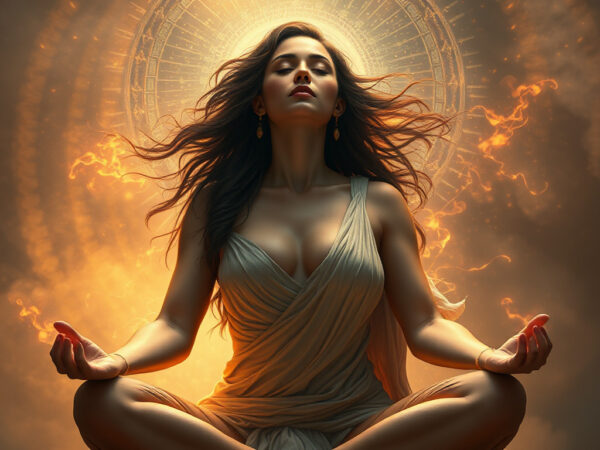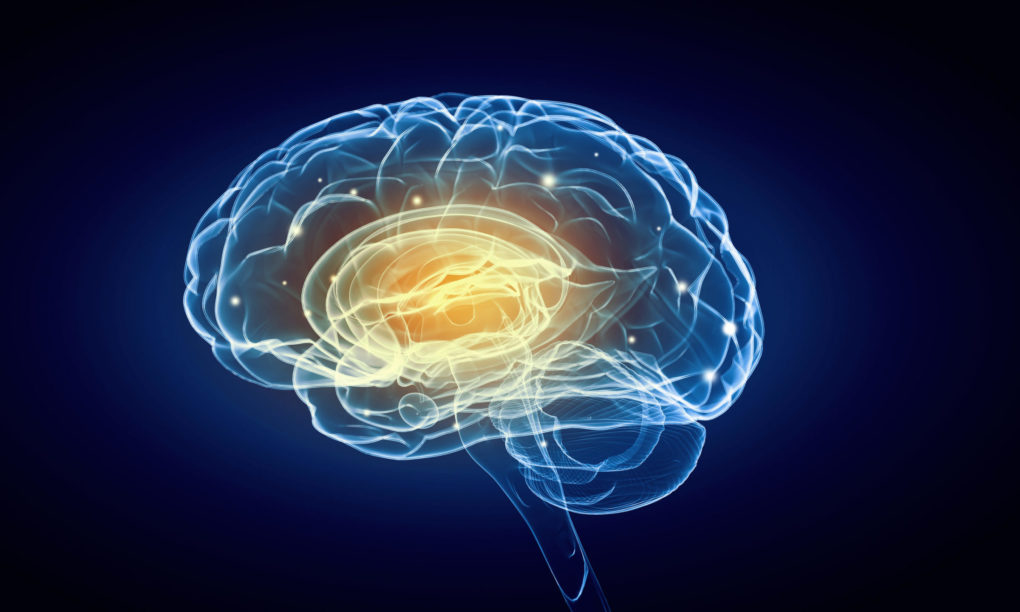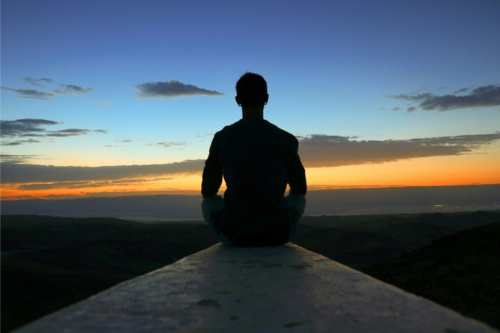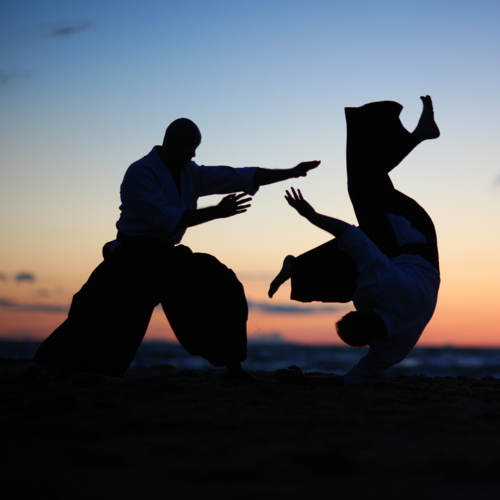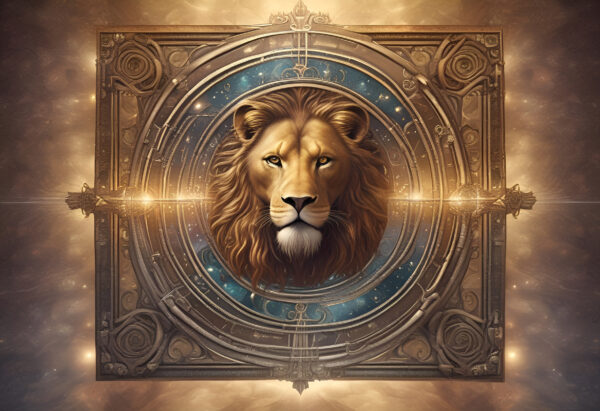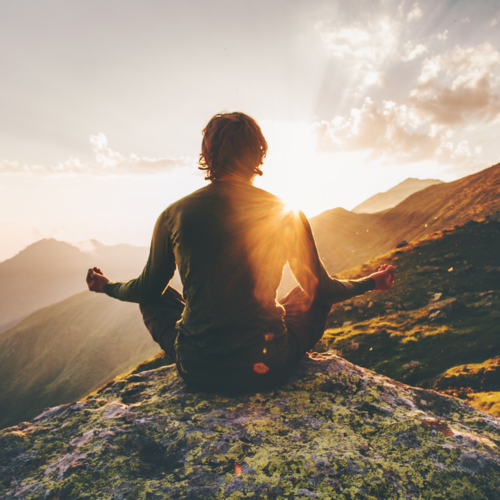De-Armouring: Releasing the Armour That Blocks Your Flow of Energy
Have you ever felt like you were carrying something heavy, even though your hands were empty? Or maybe you’ve experienced a lingering sense of numbness, emotional shutdown, or disconnection from your body—but couldn’t quite explain why? You’re not alone.
Many of us walk through life wearing invisible armour. Not the kind you see in medieval battlefields, but emotional and spiritual armour—layers of unconscious tension, trauma, and energy blockages that build up over time. This armour protects us, sure—but it also limits us.
Enter: De-Armouring, a powerful and transformational energy healing practice that helps release these deeply held energetic blocks and restores the natural flow of life force throughout the body.
🌿 What is De-Armouring?
De-Armouring is a therapeutic process that focuses on releasing stored emotional, psychological, and energetic tension that resides in the tissues, fascia, and energy pathways of the body. These blockages are what we call “armour”—the result of suppressed emotions, trauma, shame, guilt, and stress accumulated throughout life.
De-Armouring gently (and sometimes not-so-gently) helps to release this internalized armour, clearing the energetic congestion and allowing the body to return to its natural, open, vibrant state.
While the method originated in ancient spiritual practices and somatic healing traditions, modern De-Armouring draws from a fusion of breathwork, energy work, touch therapy, emotional release, sound healing, and sometimes movement to awaken and reintegrate blocked or frozen parts of the self.
🧠 Why Do We Armour Ourselves?
We all do it. Whether we realize it or not, we build emotional walls and tension patterns in our body to protect ourselves from pain—emotional rejection, betrayal, abandonment, shame, fear, grief. It’s a survival mechanism.
For example:
Someone who grew up in a volatile home may armour their heart center to avoid feeling.
Someone who experienced sexual trauma may lock down their pelvic region.
A person who was shamed for speaking out may close off their throat chakra, leading to a blocked voice and chronic sore throats or tension.
While armour may have helped us cope in the past, it eventually creates more harm than good. Over time, it numbs sensation, dampens emotional expression, limits pleasure, blocks intuition, and cuts us off from deeper connections—with ourselves and others.
⚡ The Energy Body and Flow
In most holistic healing traditions—like Traditional Chinese Medicine, Ayurveda, Reiki, or Shamanic healing—energy is life. Known as Qi, Prana, or Life Force, this subtle energy flows through our meridians, chakras, and energy fields.
When the flow of energy is blocked by emotional armour or trauma, we experience symptoms such as:
Feeling stuck or unmotivated
Numbness or disconnection from the body
Anxiety or depression
Chronic pain or tightness (especially in shoulders, jaw, hips)
Low libido or creative block
Trouble expressing emotions or truth
Fatigue, burnout, or brain fog
De-Armouring works to unblock and reintegrate these frozen energy pathways—awakening the body’s natural intelligence and healing capacity.
✨ What Happens During a De-Armouring Session?
Every session is unique, but here’s a general overview of what you might expect during a De-Armouring experience:
1. Intention Setting
The session begins with a conversation. You’ll share what’s going on in your life, where you feel blocked, and what you hope to release or awaken. The practitioner will guide you into a safe, intentional healing space.
2. Somatic Mapping
You may be asked to bring awareness to specific areas of tension, emotional holding, or numbness in your body. The practitioner will often use intuitive or trained touch to identify “armoured” zones.
3. Breath and Vocalization
Breathwork plays a key role in awakening the body. Deep, conscious breathing helps open energy channels and oxygenate tissues. You may also be encouraged to sound out emotions—moaning, crying, shouting, humming—whatever needs to come through.
4. Energetic and Physical Touch
Through specific pressure points, touch techniques, or even vibrational work, the practitioner helps stimulate the release of trapped energy. This can feel intense, emotional, ecstatic, or liberating.
5. Emotional Release
As armour dissolves, it’s common to release tears, laughter, memories, or deep waves of sensation. You are not “breaking down”—you are breaking free.


